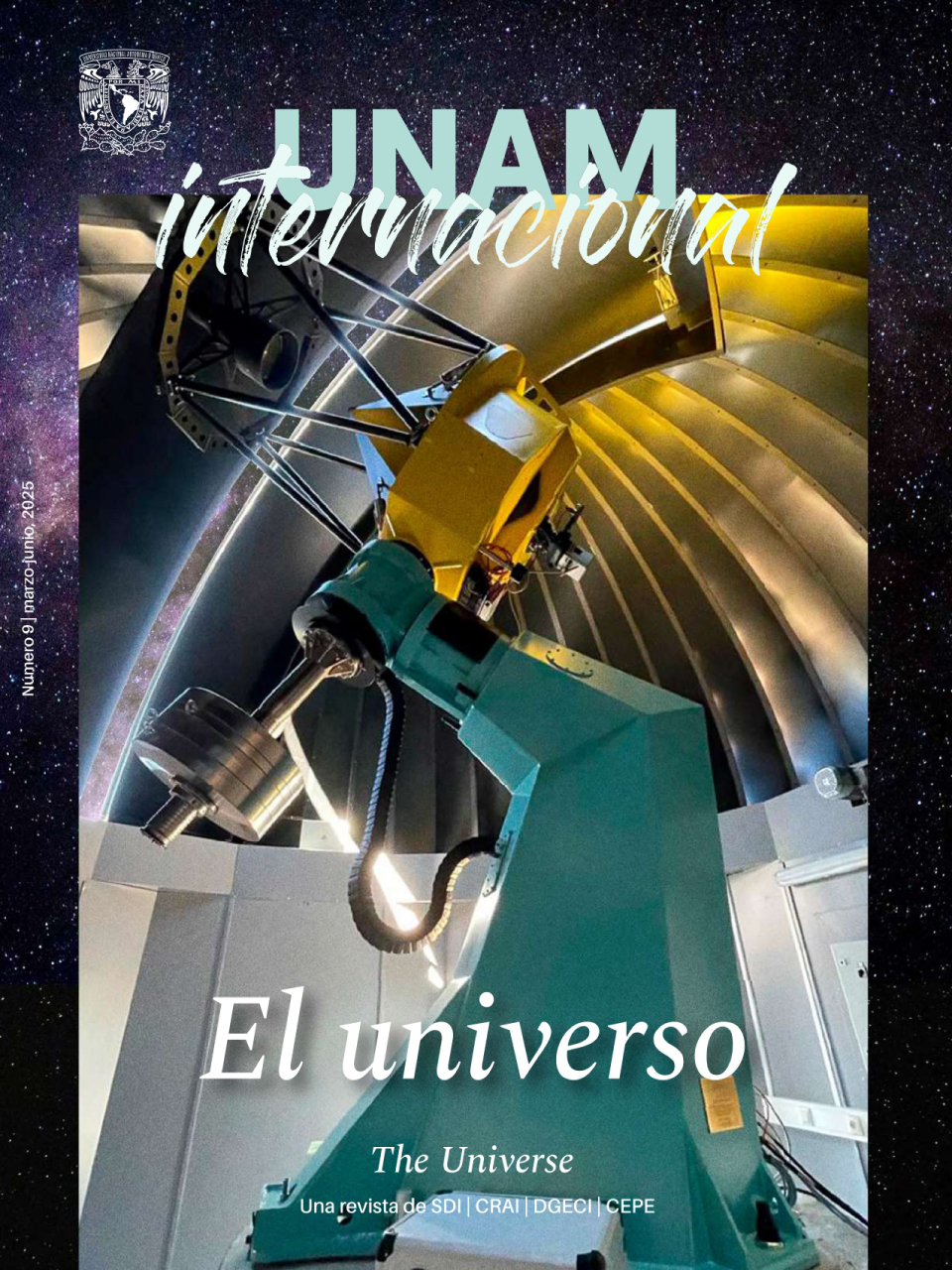31-03-2025
Voyaging by the Stars. Pacific Indigenous Seafaring as a Guide to Our Future
“I ka wā ma mua, I ka wā ma hope”
(We look to the past as a guide for the future)
Hawaiian Proverb
(We look to the past as a guide for the future)
Hawaiian Proverb
Every human that has ever lived viewed the same stars in the night sky. The light we see twinkling in the dark took millions of years to arrive on Earth, which is longer than the history of humanity itself. Except for a few stars, you can bet that your ancestors saw the same night sky as you see today.
Every culture has a relationship with the stars, where invisible lines are drawn to share knowledge. In some cultures, they may see a horse whereas in other cultures they see a bear. To some they may seem a great fish hook whereas others see a scorpion. These stories of the stars reflect the dominant features of the societies from which they came.
Many cultures rely on the celestial bodies as markers of time. For example, the Sun is used to mark a day, the cycle of the moon is used to mark a month, and the rising of certain stars or constellations will be indicators of different seasons for harvesting. Knowledge of seasonal changes and the celestial indicators are preserved in stories, chants, and songs.
The indigenous peoples of the sea were no different in the way they had an intimate relationship with the environment and the corresponding celestial markers as indicators of time. One profoundly different way they connected with the stars was to use them as means to navigate across their watery continent of the Pacific Ocean.
Indigenous Pacific islanders’ home is the 63 million square miles of the Pacific Ocean, which connects the nearly 25 thousand islands and atolls. Pacific peoples do not see themselves as isolated from one another. “We are not separated by land but we are connected by water”, which is a famous quote from Native Hawaiian waterman Brian Keaulana, as a way of summarizing our deep connections to the sea.
For many, it is hard to imagine that Pacific islanders would leave their home islands and travel thousands of miles without external navigational aids. European seafarers rely heavily on maps, magnetic compasses, and sextants whereas Pacific seafarers rely only on their navigator who knows how to read all the clues from nature to tell them where to go.
A navigator trains endlessly to memorize the patterns of the stars, the movement of the ocean, and how to read the weather in the clouds. They learn how to get between islands based on the directions that were passed down for generations. Rather than using land-based markers like mountaintops, trees, and ravines, ocean navigators rely on sea markers and stars to guide their canoes from island to island.
For intact navigation systems, like the Weriyeng School of Navigation found in the Caroline Islands of Micronesia, directions between islands are passed down from mothers to their children in the form of chants. Follow these stars, turn left at a pod of dolphins and right at a coral reef shaped like a heart and you will find the atoll known for the delicious fish for the chief.
Some islands are very tall, with mountains like Maunakea on Hawaii Island and Haleakala on Maui, which are both over 10 thousand feet and affect the way clouds move. This gives the navigator additional clues to pick up from far away from land in the ocean. Navigators can rely on the fact that some islands are part of an archipelago and there are hundreds of islands clustered together. However, islands like Rapa Nui, which sits alone in that part of the ocean present a great challenge to navigators given that the highest peak is under two thousand feet. For some islands in the Pacific, the highest peak is the top of a coconut tree.
As Pacific peoples traveled for thousands of years, their attunement to the sea is profound. Stars showed them the way while the heavens below taught them about the intimate connections our life has with all living creatures. In Micronesia, they understood where the deepest parts of the ocean were long before submersibles were created. In Hawaii, their creation story connects to the beginning of the cosmic soup, life beginning with the coral polyp and everything building up from there. The sophisticated scientific understanding told in these stories, chants, and songs is slowly being caught up by modern science.
As we continue to explore the universe with instruments that are beyond our human senses, it would be wise to connect that with the knowledge our ancestors have already figured out.
Brittany Kamai, PhD, is an astrophysicist, voyager, and apprentice navigator. She is the founder of the Mana Moana Institute, which is committed to sharing ancestral knowledge of deep-sea voyaging, a cultural practice of the Indigenous Peoples of the Pacific Ocean.
